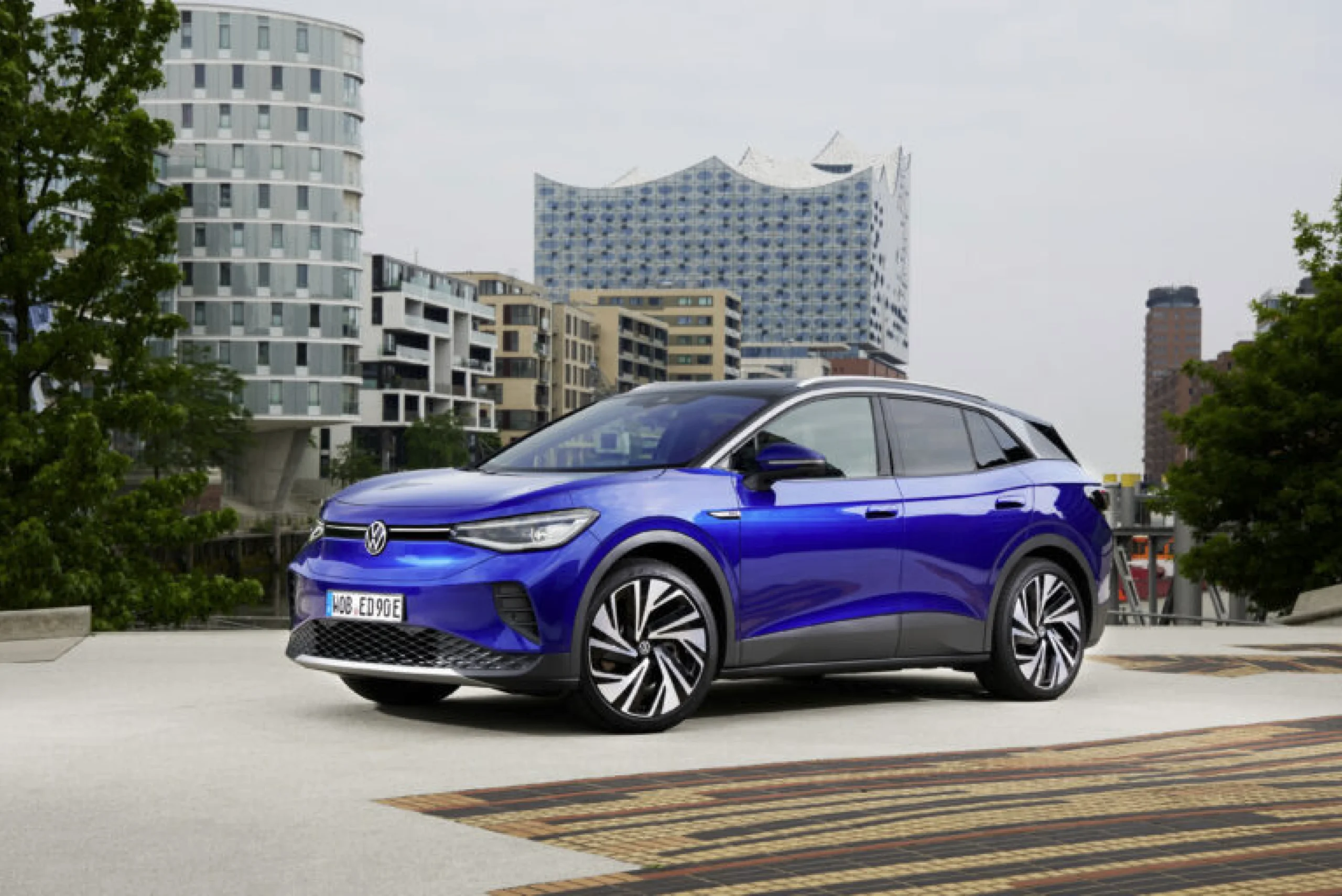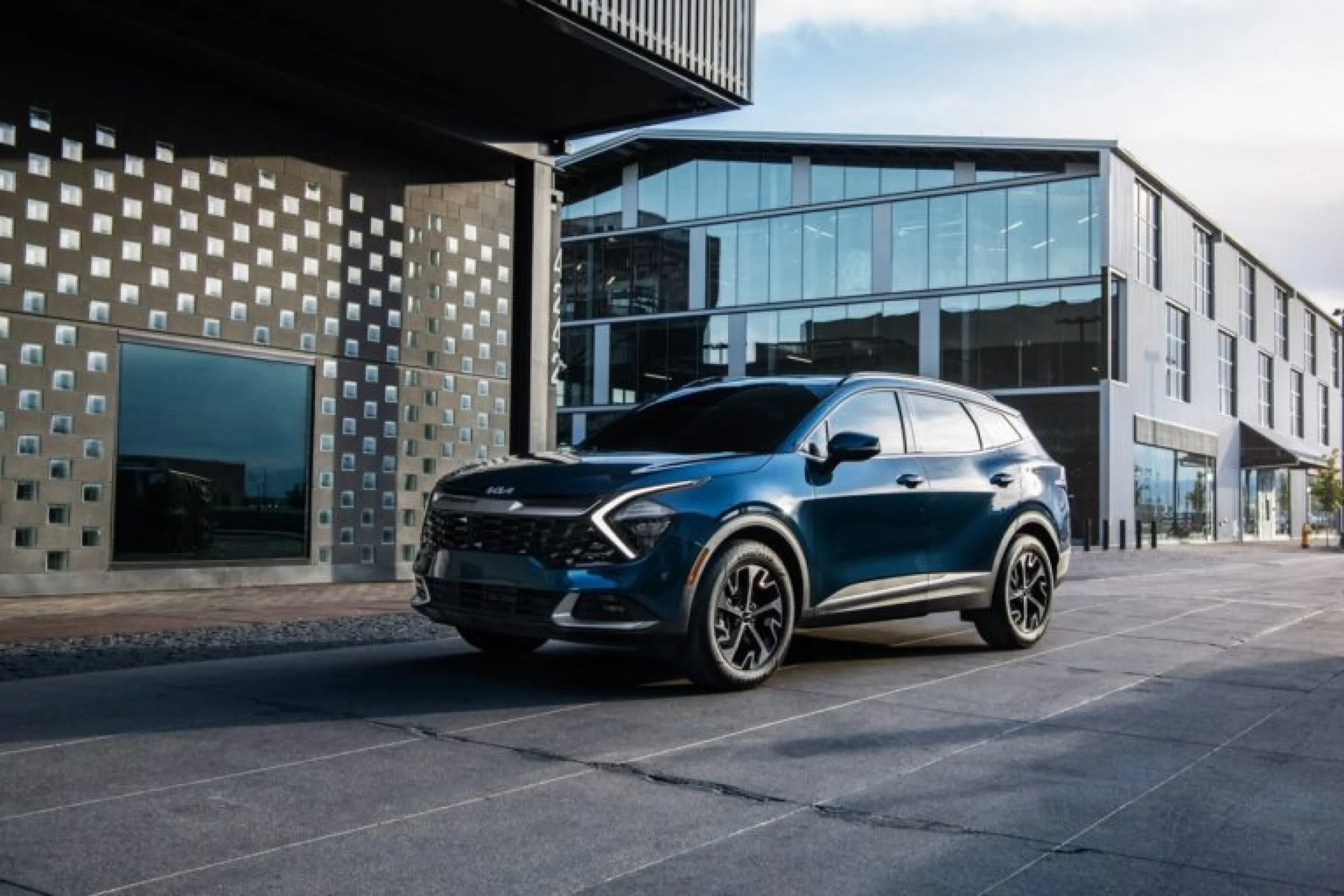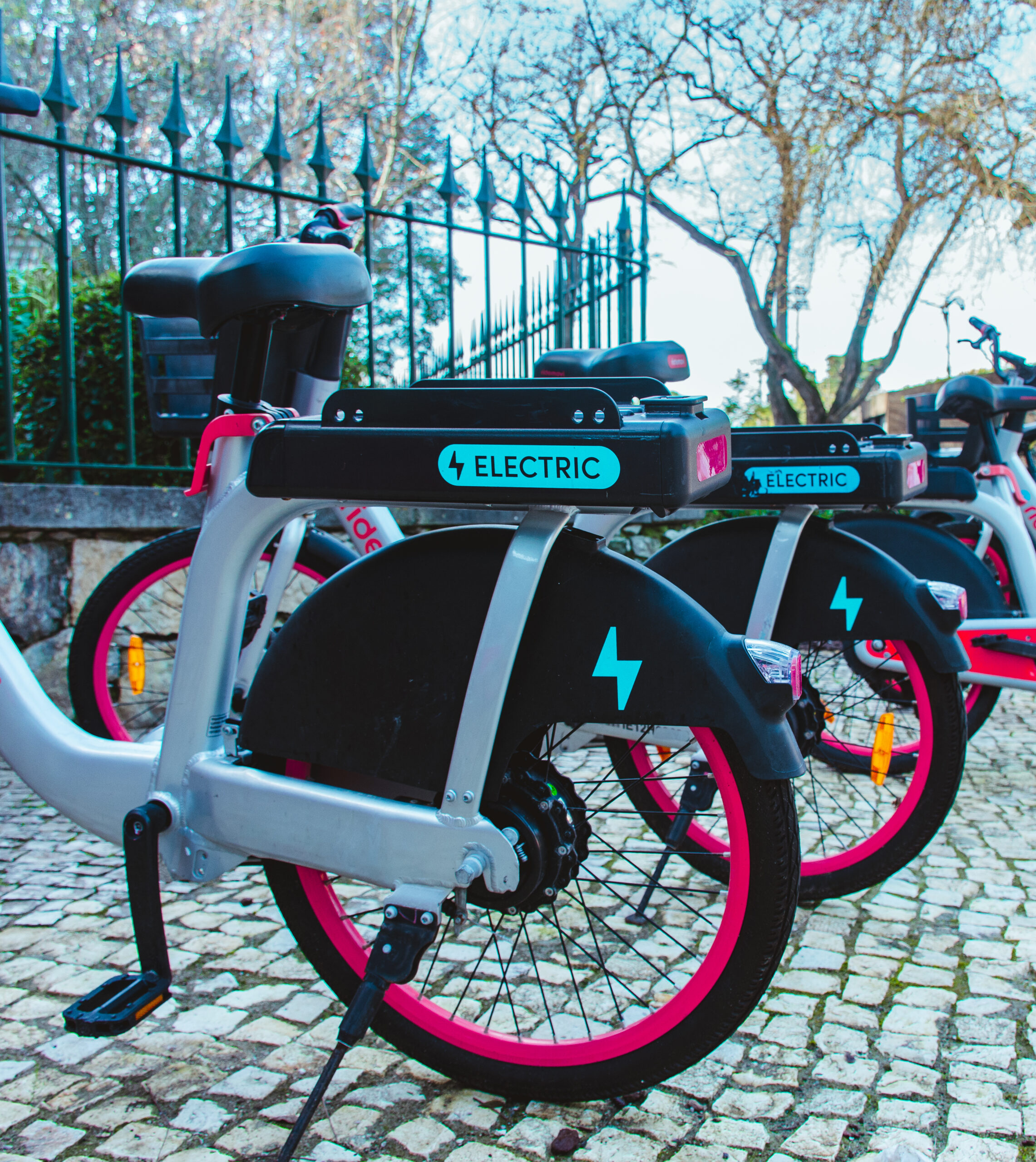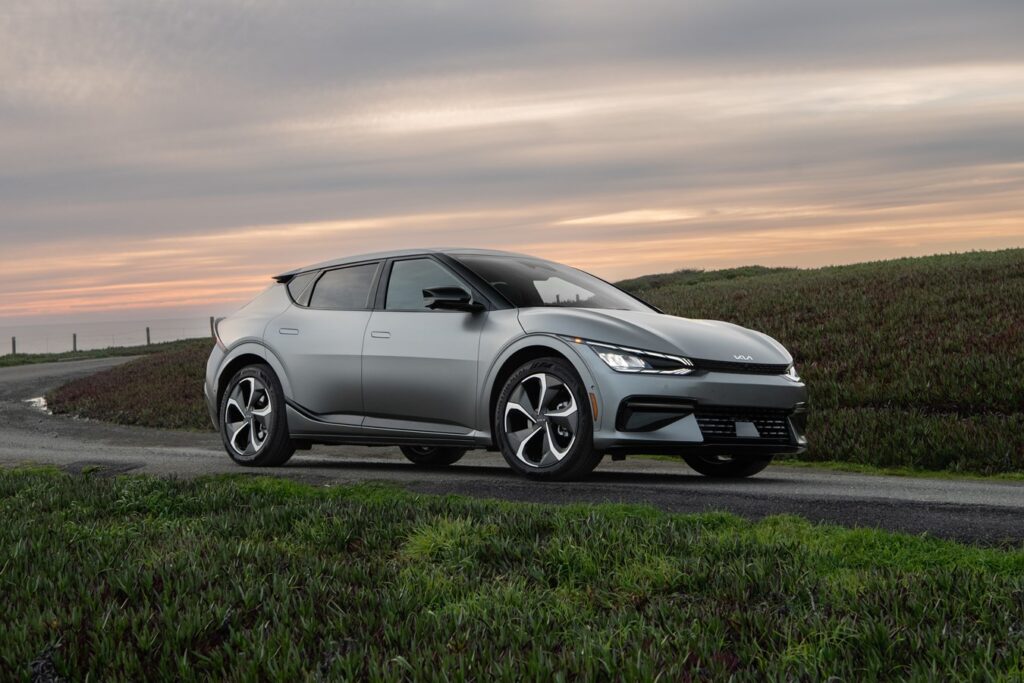
If you’ve already made the leap to owning an electric vehicle, you’ve likely discovered the switch doesn’t require much adjustment to your daily routine.
This isn’t to say new EV owners don’t have a bit of a learning curve – especially when it comes to wringing the maximum number of miles out of your vehicle’s battery pack in warmer weather. These summer EV driving tips will go a long way toward bringing you up to speed.
It may come as a surprise how much outside air temperatures can affect EV battery performance. Typical summertime highs and the heavy use of air conditioning that goes with them can dramatically reduce your expected driving range.
The good news is that solutions are surprisingly simple. For starters, snag a parking spot in the shade if you can, and use a windshield sunshade to reduce solar heating. The cooler your vehicle’s interior is to start with, the less battery power it will use up to reach a comfortable temperature. Open the doors on a parked car to dissipate the heat before starting out and use the fresh air setting rather than “recirc” to remove hot cabin air.
Keeping your car plugged in when at home or work means it will require less juice to keep things cool when you hit the road. Most EVs also have a “preconditioning” feature that can be set ahead of time to maintain an optimal temperature until you’re ready to roll. Also acquaint yourself with your vehicle’s “eco mode,” which uses battery power more frugally, thereby stretching your range
Perhaps the hottest tip we can offer is, again, be cool. While it may be tempting to feel the abundant acceleration your EV’s electric powertrain can provide, a light touch on the accelerator pedal can stretch your supply of electrons considerably.
Conversely, be mindful of how you apply your brakes. EVs use a system called “regenerative braking” that turns the vehicle’s electric motor into a generator that produces power to recharge the battery pack every time you step on the pedal. Most EVs have more than one regenerative braking setting (see your owner’s manual) ranging from so subtle you’ll barely notice to the strongest level that will deliver maximum braking (and charging power) when you lift your foot off the accelerator.
Even if you follow all these tips, you’ll likely still need to use more power driving your EV in the summer than during seasons of moderate temperatures. This makes planning ahead even more important. While the number of EV charging locations is growing at a rapid clip, the fact is it’ll be a while before they become as abundant as gas stations.
Fortunately, there are plenty of resources available to help you do just that. Online mapping tools can help you find charging possibilities before you even leave home. Many EV models also display charging locations on built-in navigation systems to simplify the search when you’re out and about. In either case, take note of detailed information like the number and type of chargers to make sure the location you’re looking at is a good match for your vehicle’s charging needs.
AAA’s Recommendation: Whether you own an electric vehicle or a gas-powered car is up to you – and you should consider lots of factors in making that choice. No matter what type of vehicle you’re choosing, we recommend visiting a dealership, test driving one, and asking as many questions as possible to make an informed decision.




















